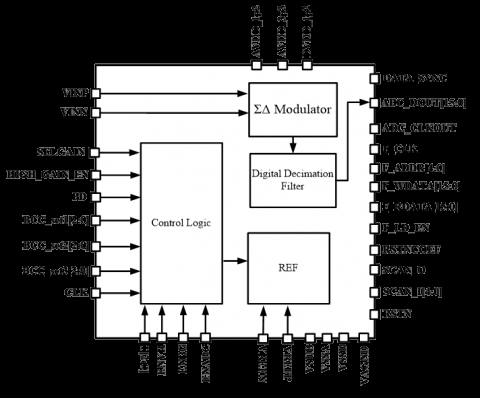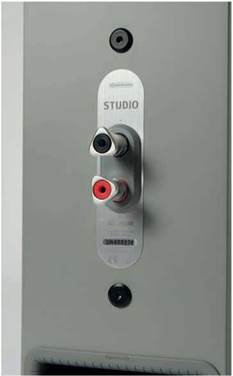

The Monitor Audio Studio?s ribbon tweeter. Its impedance is also inherently very low, and it thus presents more of a challenge for the speaker?s crossover filter and amplifier. For example, a ribbon tweeter delivers less energy in the mids than a dome. While ribbon tweeters offer certain advantages compared to dome tweeters, they are not without disadvantages.

The high frequencies produced by a ribbon tweeter are especially discerning. The extreme subtlety of the ribbon allows it to boast an exceptionally extended transient response, far superior to that of a dome tweeter. The electric current sent by the amplifier runs through the ribbon and causes it to oscillate within the magnetic field. The name comes from the fact that the tweeter is composed of a ribbon placed within a magnetic field created by magnets. The ribbon tweeter is protected by a honeycomb grill.įor this reason, certain high-end speakers are fitted with a ribbon tweeter. On the other hand, the principal of using a copper voice coil to drive a cone is not optimal from a mechanical viewpoint: the tweeter?s frequency response will be restricted by the coil. Moreover, dome tweeters have a low production cost. Since they don’t emit sound in just one direction, dome tweeters offer balanced sound even when the listener isn’t standing directly in front of the speaker. If domes are so often used for tweeters, it?s because their semi-spherical form allows for a wide dispersion of high frequencies. This creates the vibrations which produce high frequencies. The electric current transmitted by the amplifier runs through it, causing both the voice coil and the dome to move. The voice coil is directly attached to the dome of the tweeter. Whether soft (fabric) or rigid (aluminum), domes have a structure which resembles the cone and surround of large drivers. To understand its operating principle, it?s helpful to compare it to the classic dome tweeters which equip the large majority of acoustic speakers. There?s no doubt that a ribbon tweeter is exceptionally efficient.

One of the Monitor Audio Studio speaker?s bass-reflex ports.
#DELTA AUDIO STUDIO REVIEW DRIVERS#
The pair of 4? drivers covers a frequency range of 48 Hz – 2.8 kHz, at which point the MPD (Micro Pleated Diaphragm) ribbon tweeter takes over up to 60 kHz. In the Studio speaker, the drivers are installed in a bass-reflex configuration along with two laminar ports. Also used for the large Monitor Audio Platinum 500 floorstanding speaker, these drivers ensure reduced distortion in the upper bass register (a direct benefit of RDT II technology). This approach makes it possible to decouple the drivers from the front of the speaker and thereby reduce unintended vibrations. One of the Monitor Audio Studio speaker?s 4? midbass drivers.
#DELTA AUDIO STUDIO REVIEW DRIVER#
Each driver is held in place by an axial rod attached to the back of the speaker. Each is composed of a honeycomb Nomex core sandwiched between a layer of ceramic (C-CAM technology) and a layer of carbon fiber. The cones of the Studio?s two 4? drivers benefit from RDT II Rigid Diaphragm Technology. Similar to the Monitor Audio Gold 50 compact speaker in that both feature a ribbon tweeter, the Studio speaker sets itself apart with a pair of 4? (10 cm) drivers installed above and below the tweeter, whereas the Gold 50 is fitted with one 5? (13 cm) driver. The Monitor Audio Studio speaker is the brand’s high-end compact model.


 0 kommentar(er)
0 kommentar(er)
